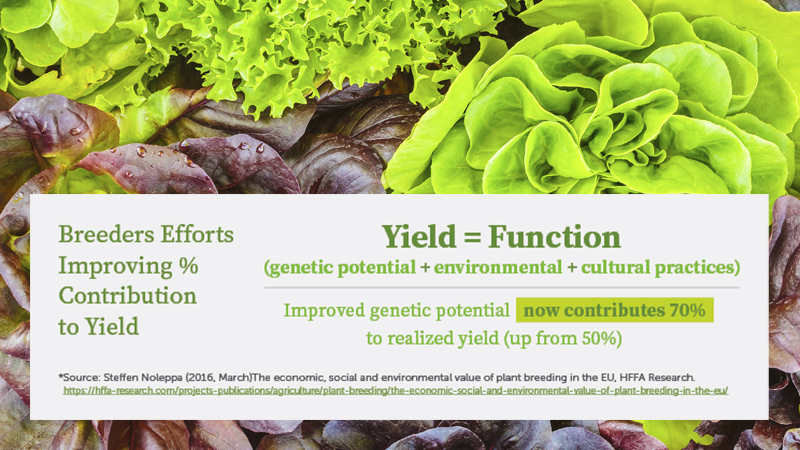The Ideal Way To Establish a Line of Credit for Your Farm
The rising cost of living — and borrowing — spares very few individuals and businesses these days, growers and their farms included.
“The biggest thing right now is inflation and rising interest rates. They’re affecting everyone,” says Spencer Deems, Vice President of Lending with American AgCredit. “Everything costs more now — fuel, fertilizer, pesticides. So across the board, farmers are dealing with higher costs.”
All of which increases their need for lines of credit from firms such as American AgCredit, which serves seven states (California, Colorado, Hawaii, Kansas, New Mexico, Nevada, and Oklahoma). Deems began noticing a jump in borrowers — wary of forthcoming interest rate hikes that in March came to fruition — since at least early this year.
“From where we were in 2020, interest rates have jumped pretty significantly,” he says.
In addition to being aware of the different types of available loans and the potential for prepayment penalties with each of them, Deems offers these three tips (in no particular order) to growers interested in securing lines of credit, which are convenient for financing short-term needs rather than long-term expenses, such as equipment.
Record Keeping
All types of loans, including lines of credit, require borrowers to submit some sort of financials, Deems says. Growers should maintain detailed financial records; not only balance sheets and income statements but also inventory and production history.

Spencer Deems
“Some lines of credit are what we call asset-based lines of credit, such as wineries and nurseries that require more detailed inventory and financial reportings on an interval basis,” Deems says. “Some are more monthly, some of them are quarterly, etc.”
Budget
A budget needs to be created, Deems says, to ensure the line of credit will be set up and used correctly for true operating expenses and not equipment
or capital purchases.
A budget also helps lenders understand growers’ crop and the cash flow cycles to ensure that their repayment frequencies are set up according to their cash flows, he adds.
“If it’s a yearly crop, we’re making sure their payments are set up accordingly,” Deems says. “If it’s a crop that they pick in the summertime, and then you get another crop later in the year, we make sure we’re understanding the peaks and valleys of the crops. So we’re making sure we have the correct loan size and then the correct structure for the borrower.”
Credit Score
Almost every financial institution uses an individual’s credit score as an aspect of the approval process, Deem says. Some only use that criteria, he adds, especially where smaller loans are involved. But in any case, it is a significant part of the approval process, he says.
“So be aware of how any sort of past-due payments or delinquencies are affecting an individual’s credit score,” Deems says.










